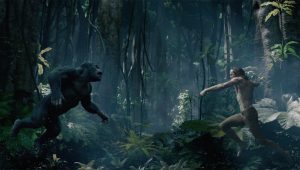
‘The Legend of Tarzan:’ Film Review
If I’m being completely honest, I wasn’t quite sure what to expect when I saw The Legend of Tarzan on opening day. I didn’t know

If I’m being completely honest, I wasn’t quite sure what to expect when I saw The Legend of Tarzan on opening day. I didn’t know
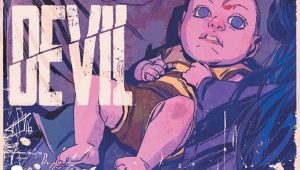
It’s only been back for a few issues, but Sons of the Devil has returned once again, and the Brian Buccellatto/Toni Infante series brings another
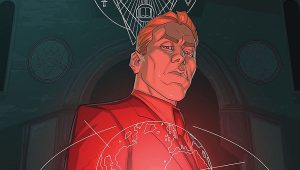
Sometimes, you take a flyer on a new book. It’s always a risk, because new series, especially ones that you’ve not only never heard of
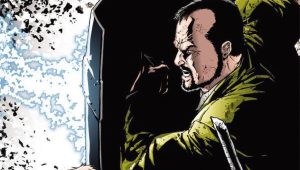
There comes a point in a great series when there’s not much else to say about it, aside from how awesome it is. That’s the
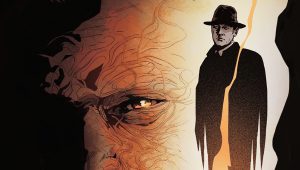
The Blacklist #10 (The Arsonist: Part Five) wraps up the case against The Arsonist in an issue rife with suspense and excitement. Raymond “Red” Reddington
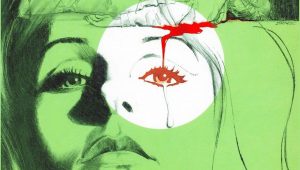
For the past ten years, Classic Comics Press has been collecting and republishing American comic strips, many originating from newspapers from decades past. Their flagship
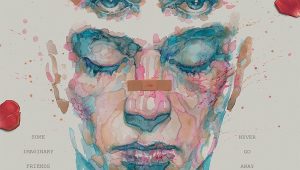
Fight Club, the book and subsequent film, were staples of my youth and one of the cornerstones on which I based my current tastes in
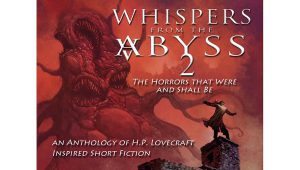
Almost eight decades after his passing, the influence of H.P. Lovecraft on contemporary speculative fiction remains profound. With many of his works in the public
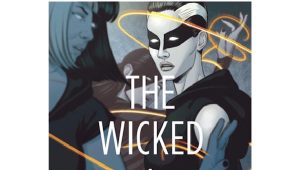
The “Rising Action” arc of Wic/Div returns as Laura, reborn as the goddess Persephone, continues her war against the leader of the Pantheon, Ananke. This
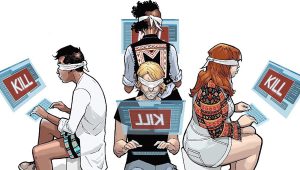
Matt Hawkins and Rahsan Ekedal are at it again with another issue of the terrific series, Think Tank. Despite already being in some trouble, both